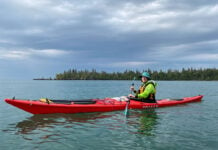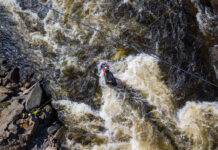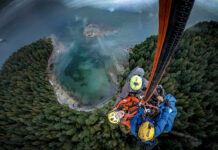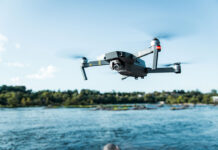Search and rescue veterans could never have imagined the day would come when first responders could use a drone to light up a rescue scene, deliver a life jacket, rope or radio to an individual who’s in the water or stranded on a cliff face, and have instant access to thermal imaging. But this is the new normal in search and rescue, with increasingly more teams of volunteers and professionals across North America using remotely piloted aircraft systems (RPAS)—also known as drones—in missions over land and water.
How drones are revolutionizing the search for missing paddlers
A search team first used drones in Texas in 2005, well before the U.S. Federal Aviation Administration (FAA) began licensing users in 2013. Data is limited, but Outside magazine reported a survey of the Mountain Rescue Association, an organization of search and rescue teams in the Rocky Mountains, Alaska and the Appalachians, indicating 80 percent of its 106 members employed drones. Uptake has been slower in Canada, notes Paul French, the national prevention coordinator of the Search and Rescue Volunteer Association of Canada (SARVAC), with less than 20 percent of Canadian organizations utilizing RPAS.
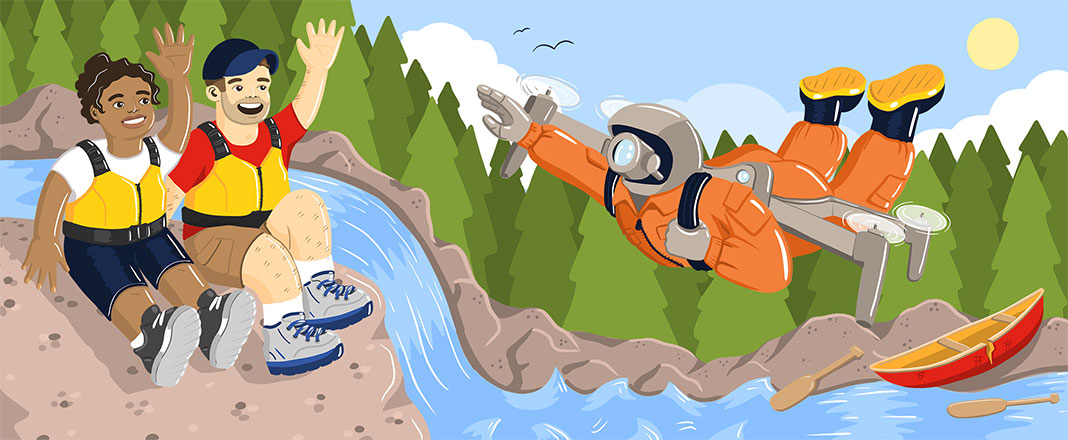
The benefits of eyes in the sky are significant. Drones offer an overhead perspective otherwise impossible to access without calling in a helicopter or airplane.
“They’re particularly useful in searching hard to reach creekbeds or ice-covered slopes that drop off or over the edge of cliffs,” says Peter Haigh, the manager of Vancouver’s North Shore Rescue, one of Canada’s busiest search and rescue organizations, which started using the technology in 2017.
Drones in action
444 — Confirmed drone-assisted rescues worldwide
776 — People saved by drone-assisted rescues
36 — Countries where drones are used in search and rescue missions
3–6 mph — Typical flight speed of a drone in a search mission
4–5 lbs — Weight of a typical search and rescue drone
$82 billion — Drones’ contribution to the U.S. economy between 2015 and 2025
2.7 million — Commercial drones in use last year in the U.S.
Drones also offer thermal imaging, which reveals the heat signature of search targets. Thermal imaging works on the water, through dense forest cover or in the dark, extending operations “when we would normally have to wait till daylight,” says SARVAC’s French. Zoom lenses and spotlights to illuminate search areas also allow searchers to stay out of harm’s way while rapidly increasing the range of an operation.
However, drones suitable for search and rescue cost from $1,000 to $7,000, a significant budget line item for volunteer organizations. Operators are also required to maintain a license through the FAA or Transport Canada. Short flight times—usually 30 minutes or less—are another limitation of the technology. They’re also one more piece of kit for teams to carry into the wilderness, besides “equipment for first aid, hypothermia and self-preservation,” adds Haigh.
But French and Haigh agree drones are the future of search and rescue—and many exciting upgrades are on the way. The newest units boast 60-minute flight times and ranges of nearly 10 miles. Already, some drones can transport basic life-saving supplies to the lost and injured, and this capability will only increase.
Still, boots on the ground search and rescue will never become obsolete, French insists. “As effective as drones can be, they are still only a tool in a large toolbox.”
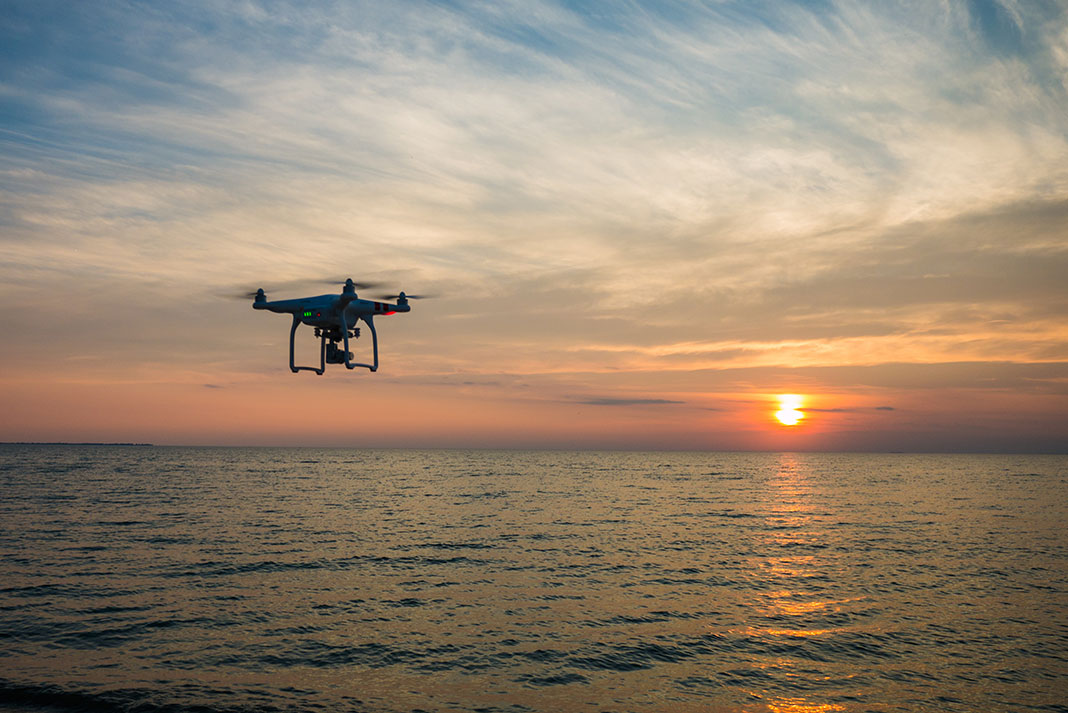
Drone rescue case study
Drone manufacturer DJI has mapped more than 400 successful rescues involving drones worldwide, including 231 in North America. In one example, two missing paddlers on the French Broad River in North Carolina were rapidly detected by the thermal camera of a drone last June. The paddlers missed the take-out and were reported missing after nightfall. Whereas a ground search would’ve had to wait until the following morning, Connestee Fire Rescue launched a drone. The missing men were detected after a mere five minutes and 30 seconds of flight time.
This article was first published in the Early Summer 2022 issue of Paddling Magazine. Subscribe to Paddling Magazine’s print and digital editions, or browse the archives.
More rescuers than ever are using drones in missions over land and water. | Feature photo: Karl Greif/Unsplash



